Medical English for Doctors: Complete Guide to Clinical Communication
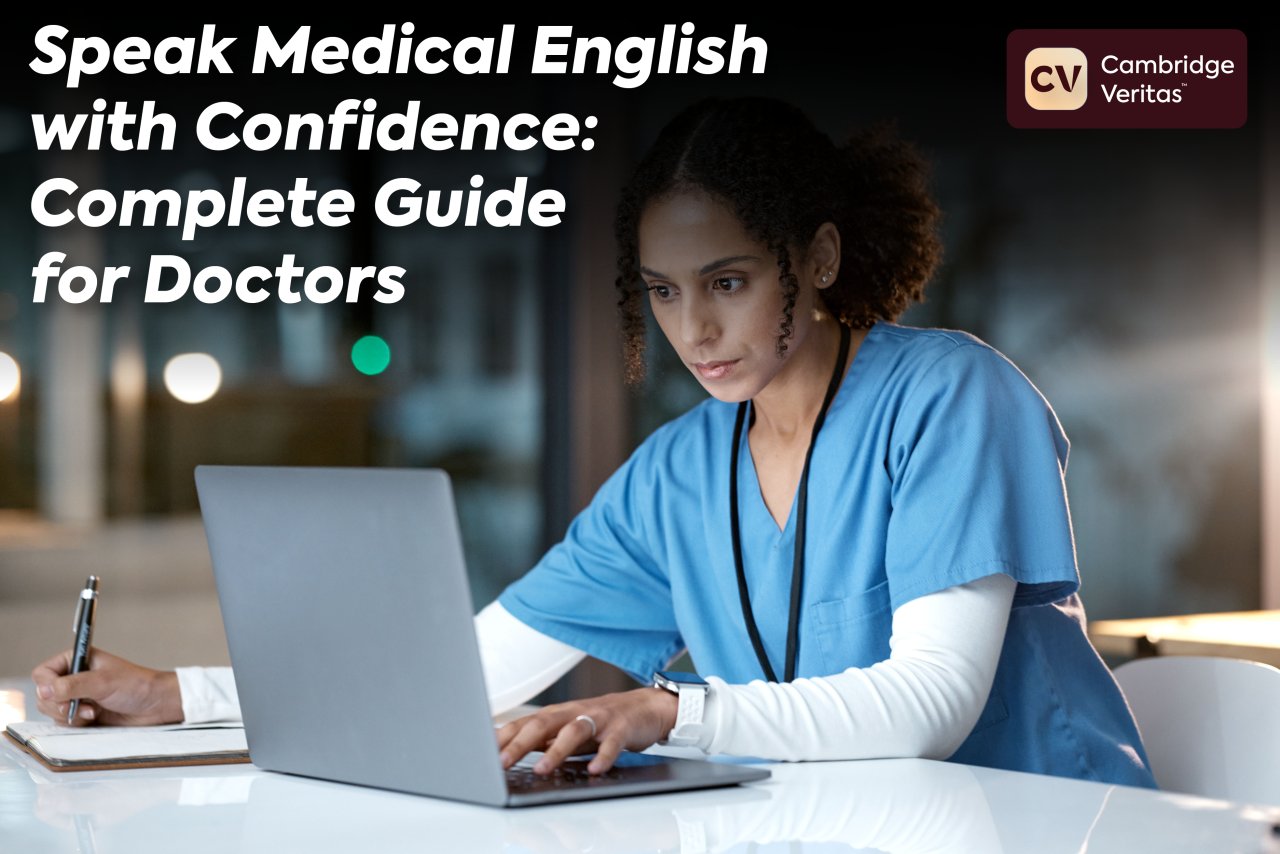
Hello, I’m Krishnatrya, your teacher trainer and course developer at Cambridge Veritas. Over the years, I’ve worked with many doctors who feel anxious handling sensitive conversations or documenting complex cases in English. In this blog, I want to guide you through essential tools—vocabulary, frameworks, real-world dialogues—to help you communicate clearly, confidently, and with empathy in clinical settings.
1. Foundations of Clinical Communication
I believe the cornerstone of good clinical communication lies in a blend of clear speech and effective listening. Start by speaking at a steady pace, in a calm tone, and always check understanding—for example: “So, you’re saying your chest pain worsens at night—do I have that right?” Eye contact, level seating, and an open posture all help put patients at ease. It’s equally important to be culturally sensitive. Every patient brings unique expectations, and local idioms or metaphors might not translate as intended. I teach doctors to adjust their language accordingly and carefully avoid jargon or expressions that could cause confusion or discomfort.
2. Interview Frameworks
Calgary–Cambridge Model
One of my favorite teaching tools is the Calgary–Cambridge model, a structure widely recommended in medical education. It integrates both what you ask and how you ask it, over five stages: initiating the session, gathering information, physical examination, explanation and planning, and closing the visit. I often describe it as a dance: content and process working hand in hand to build rapport and clarity. For example, you might ask open questions like “Tell me more about your pain” and follow up with summarising statements to ensure understanding.
SBAR: Structured Handover Communication
When it’s time to handover or escalate, I teach the SBAR approach—Situation, Background, Assessment, Recommendation. This concise, assertive structure is endorsed by AHRQ Physiopedia. To illustrate: You might say, “Hello, I’m Dr Krishnatrya on ward three. I’m calling about Mr Singh—his blood pressure just dropped to 80 over 40.” That’s the Situation. Then you give a short patient history (Background), report your findings (Assessment), and suggest actions like “Recommend a fluid bolus and ICU review” (Recommendation). In one cohesive exchange, patient safety is supported and tasks become clear.
3. Key Medical Vocabulary & Grammar
From “ileum” and “bronchi” to “echocardiogram” and “CBC,” building your anatomy and diagnostics vocabulary is critical. I group these words into topic-focused bundles so you can add them into real consultations naturally. Grammar matters too. I guide doctors to use the present perfect tense—“you have had chest pain since Tuesday”—when reviewing histories. Use past simple, like “you developed a fever yesterday,” to narrate events, and use modals such as “should” or “may” when giving advice. These small language choices make your communication sound polished and professional.
4. Clinical Documentation & Case Presentations
I encourage all doctors I train to use the SOAP format—Subjective, Objective, Assessment, Plan—for written notes. Keep sentences short and clear, use standard medical terms, and avoid unnecessary flair. When presenting a case orally, follow the sequence: Patient ID, History of Present Illness (HPI), Past Medical History, current management, and the Plan. This format ensures your presentation is logical and precise.
5. Handling Sensitive Conversations
Breaking difficult news is never easy. I introduce frameworks like SPIKES and CONES—though in this blog I’ll focus on empathetic wording. Sentences like “I’m very sorry to share this” or “This must be hard to hear” go a long way in conveying compassion. And if a mistake occurs, I teach doctors to be transparent: “We made an error, and here’s what we’re doing to fix it.” Such honesty earns trust, even during tough moments.
6. Practical Exercises & Resources
Nothing beats practice. I love crafting real-world dialogue scripts—one might show taking a history from a patient with chest pain. I encourage peer role-play, alternating between doctor and patient, which helps build confidence and empathy.
To support learning, I’ve created audio pronunciation guides for tricky terms and downloadable assets like SBAR templates and vocab sheets you’ll find in the Cambridge Veritas course. For further reading, I often point colleagues to GeekyMedics SBAR guides or to the official AHRQ resources. Plus, our Cambridge Veritas Certificate programme offers structured support if you want to deepen your skills.
Conclusion & Next Steps
Mastering clinical communication in English requires more than vocabulary—it’s about structure, clarity, empathy, and consistent practice. Using frameworks like Calgary–Cambridge and SBAR, paired with polished language skills and ongoing practice, allows you to engage confidently with patients and colleagues alike.
If you’re ready to take the next step, download our SBAR template and vocab list, explore our Cambridge Veritas Medical English course, and watch for our upcoming webinars and quizzes. I’ll be here—Krishnatrya—cheering you on every step of the way.



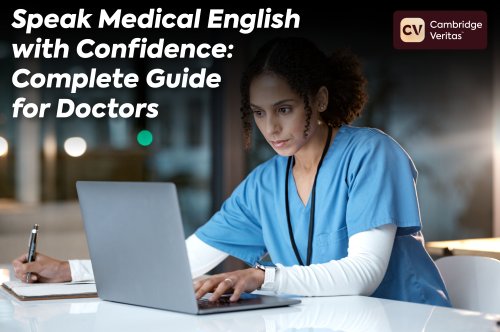

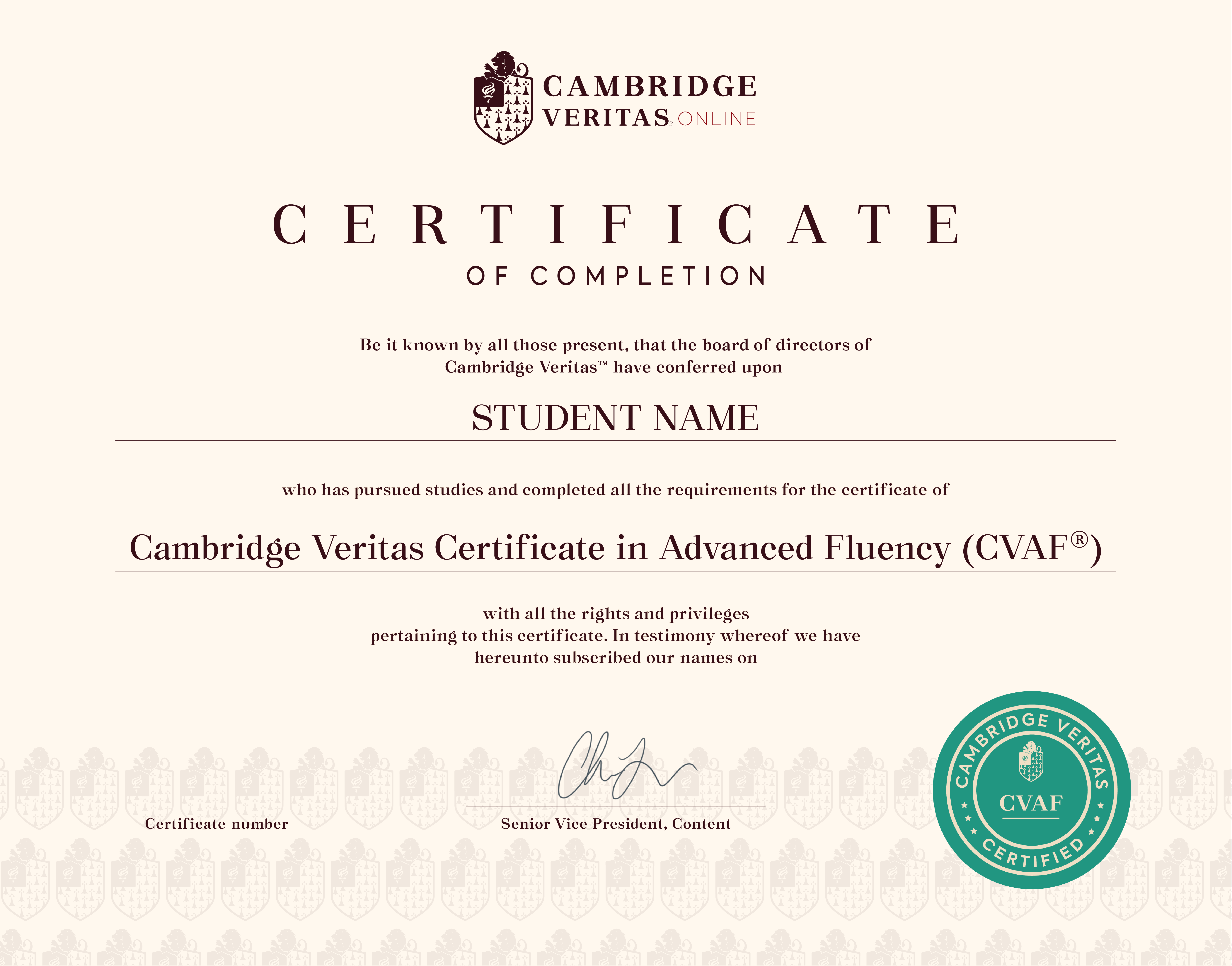
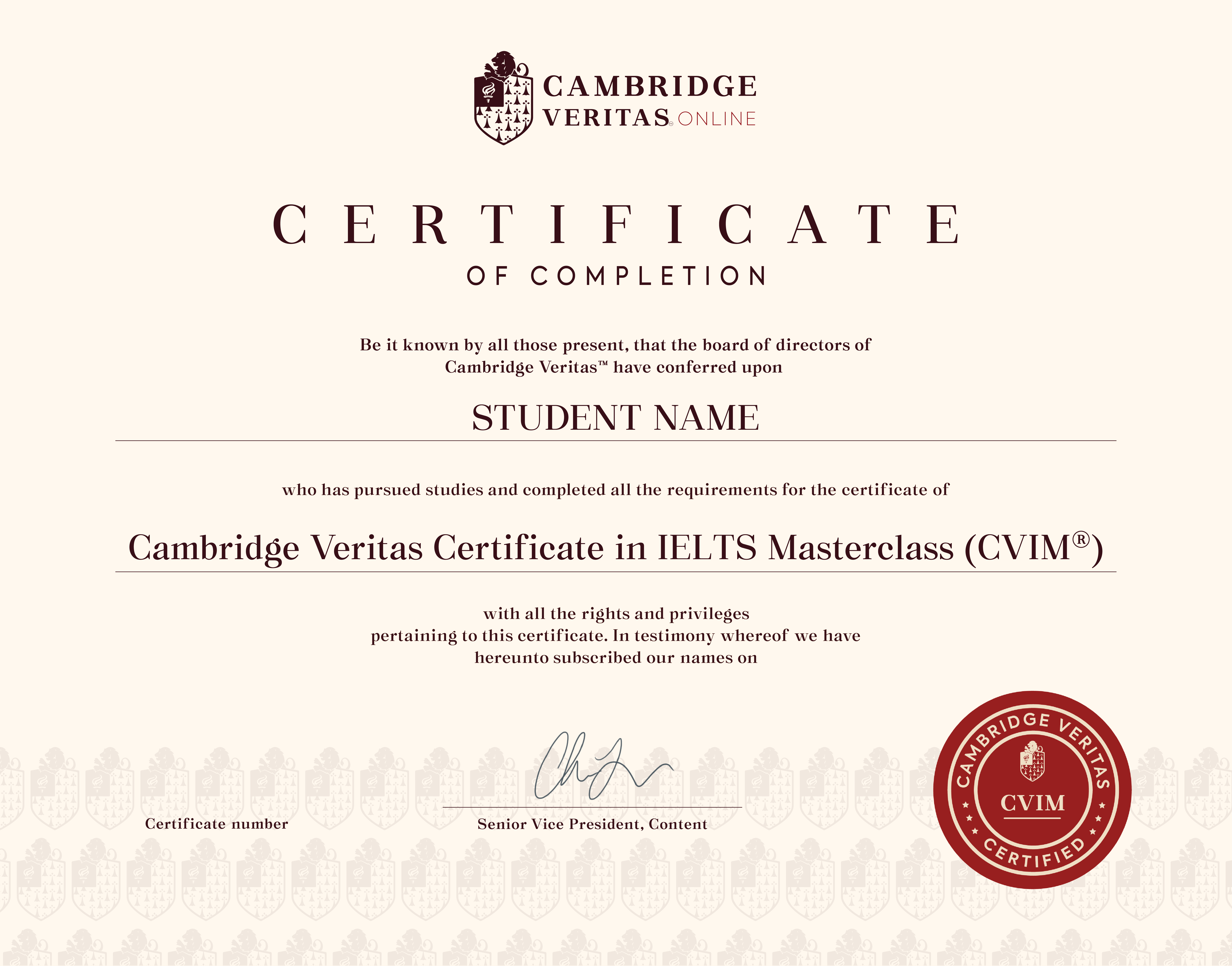
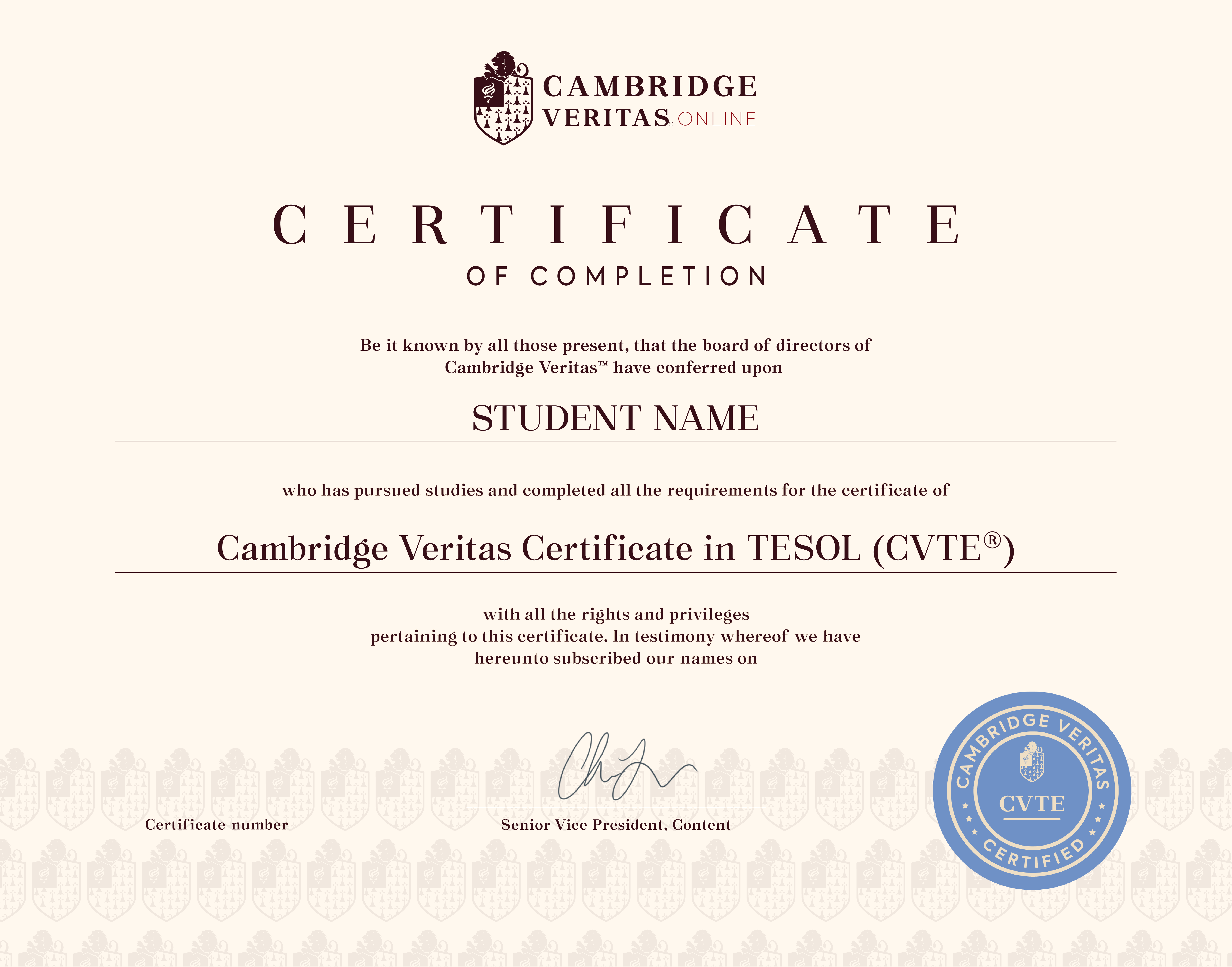
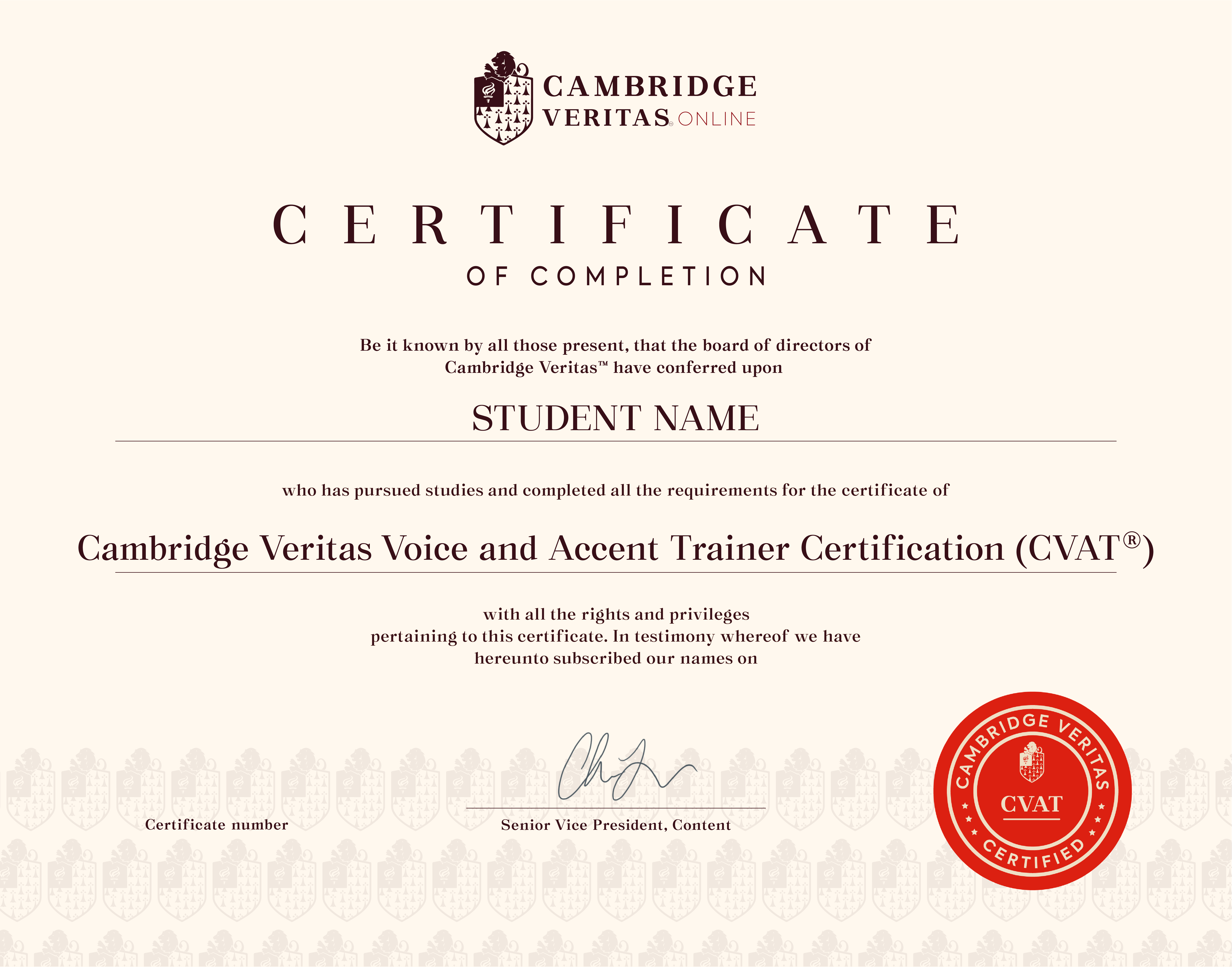
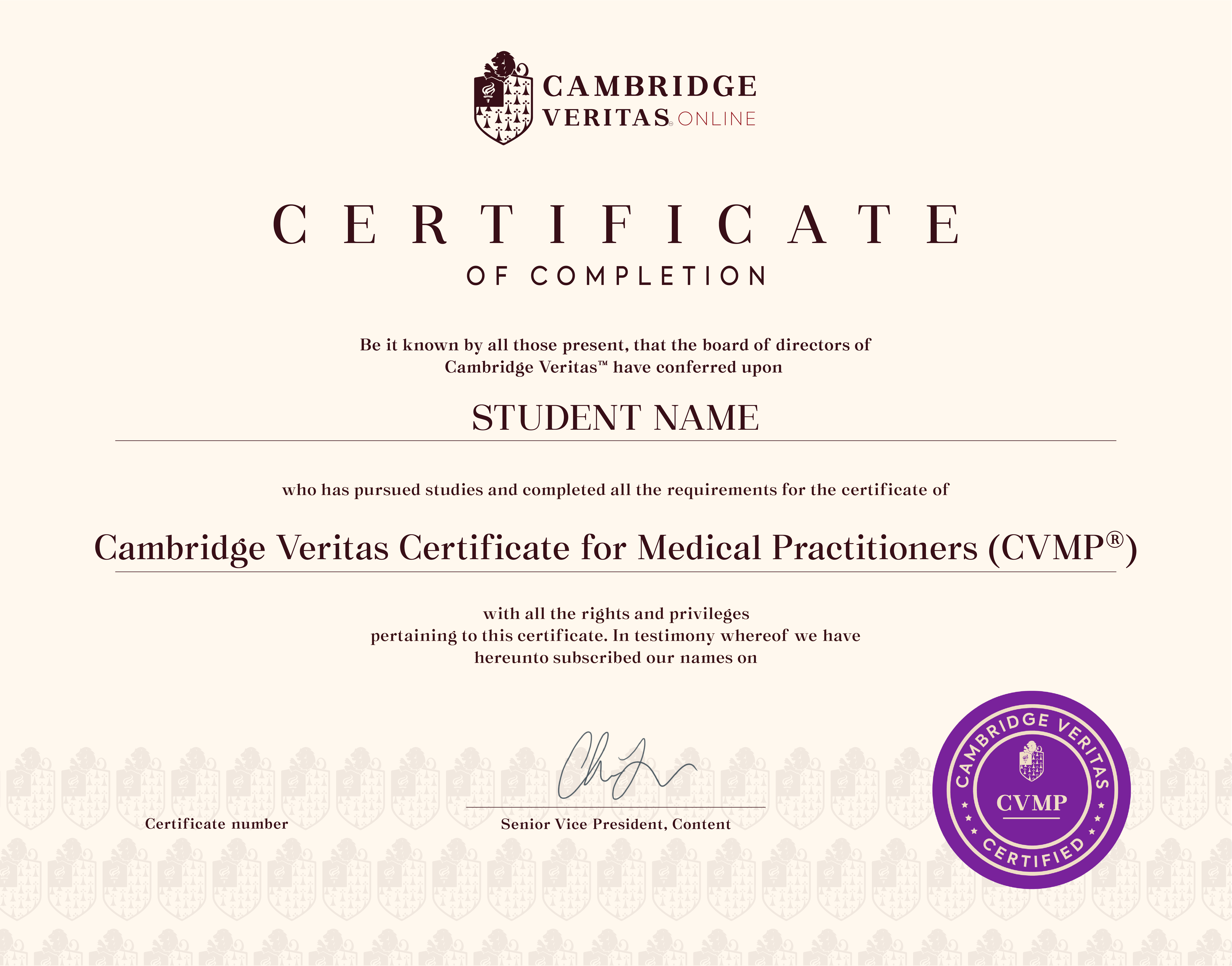
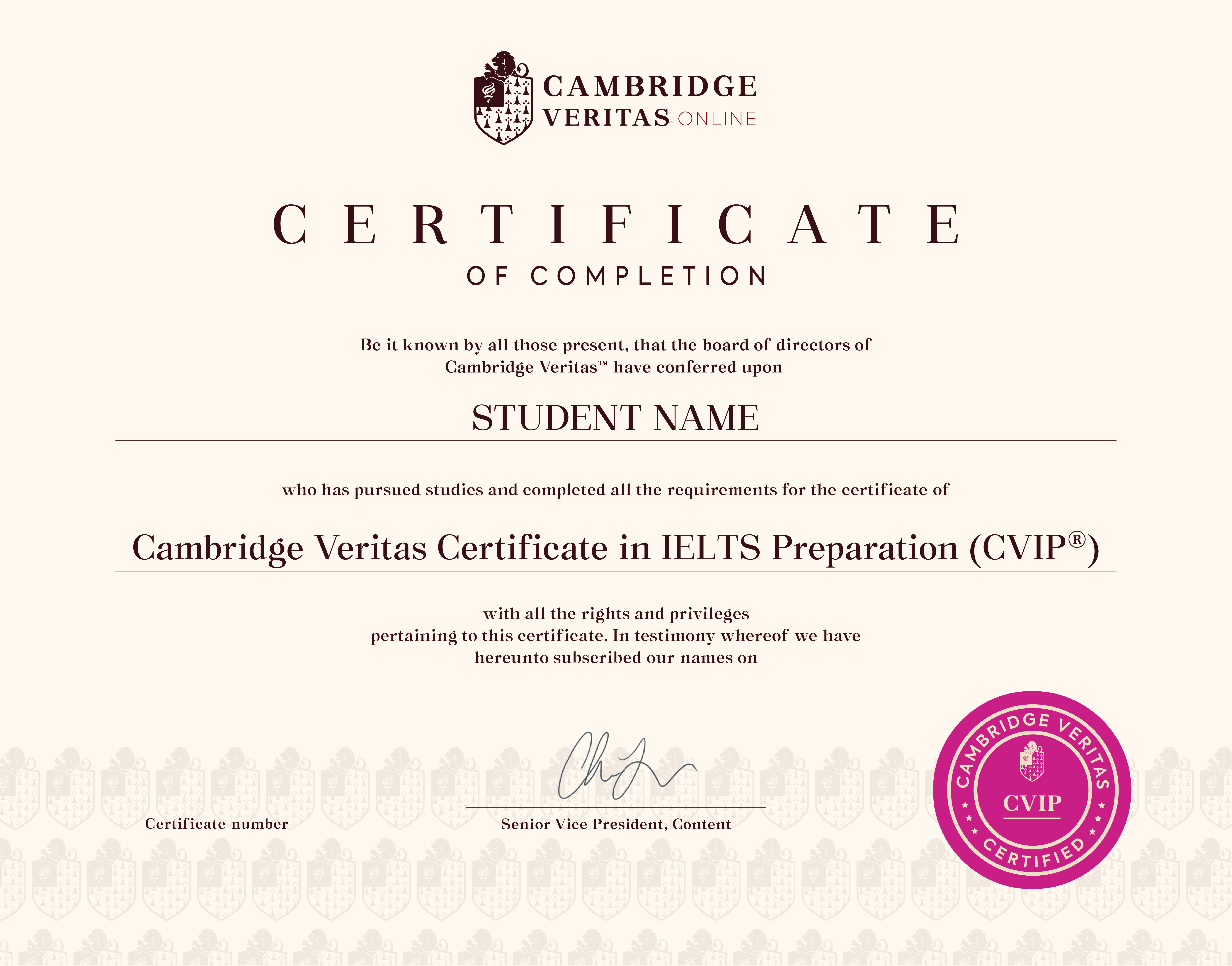



.png)